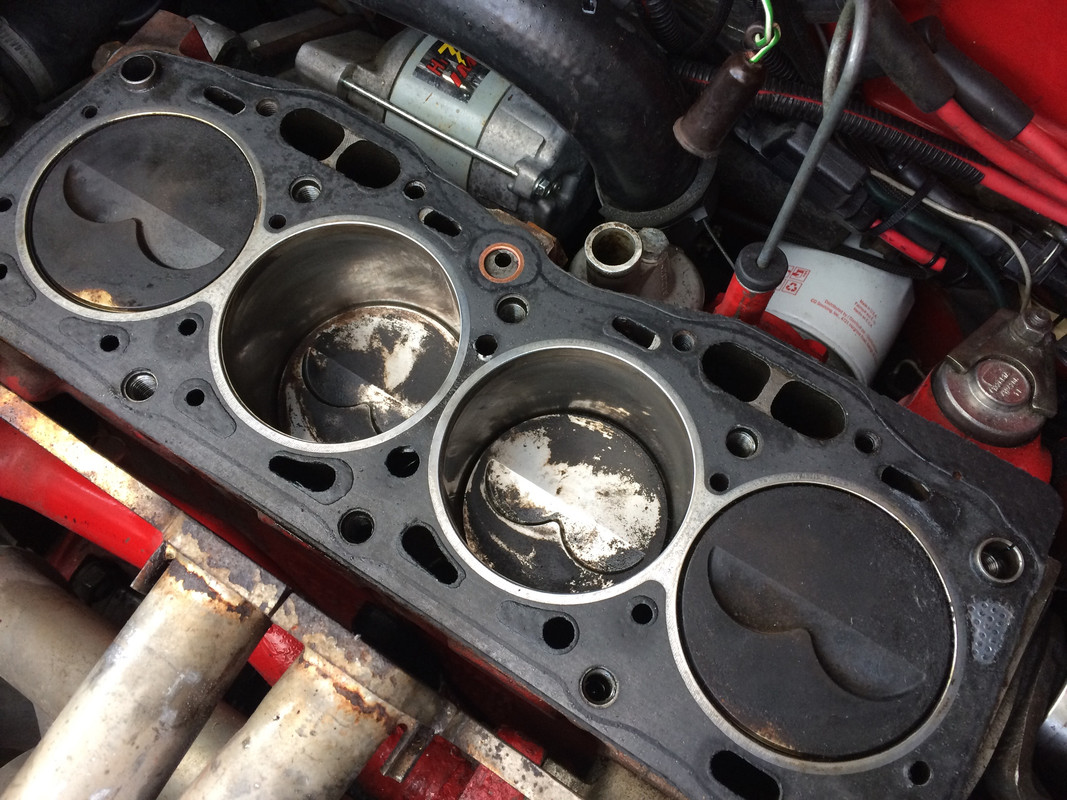Agnelli
True Classic
Fortunate to have an excellent, experienced machinist. He bought the shop from the former owner, his former mentor on how to do everything correctly. They do everything from vintage to motorcycles to American V8s but certainly many foreign engines, which is no surprise in the SF Bay Area. Not a race shop as far as I observe.Sounds like a very nice engine build. And your machinist seems to know what he is doing. Sadly where I live there are lots of machine shops but most (all?) do not know a thing about import engines - let alone Fiats. I haven't found one that I trust. Glad that you have a better option. Is he close enough to Thunderhill to do lots of race engine work? Or are you too far from there?
I'd be curious to know what the trick valve seats are.
Regarding replacement of the freeze plugs. I've found all of the ones I've replaced on these engines were a bugger to get out. The "punch in, twist and pull out" approach has never worked for me. That seems to just drive them inside before they can be twisted. And even if they do not drop inside, they are almost impossible to get out after you've twisted them (they are very strong steel, not pliable brass). What works very well for me every time is to drill a small hole in the plug (a bit off to one side), thread a tight sheet-metal screw into that hole, and use a slide-hammer to pull the plug directly out. No punching in or twisting.
While I agree about not using synthetic oil for engine break-in, I do not agree about Rotella. At least not any more. Shell has been forced to reformulate it without the high zinc content to meet stricter federal regulations (including diesel engines). Do some research on it. It is no longer the affordable high zinc option it once was. I'd recommend buying a specific "engine break-in" oil. Or at the very least use a ZDDP additive. But I realize everyone has opinions about oils.
Just ordered freeze plugs, additional M8 manifold studs (including longer studs to accommodate phenolic risers for the DCNF's on an old Alquati), and an NOS oil pump after conferring with the machinist. He recommends a new oil pump, unless they're unobtainium or crazy expensive.
My oil pan had incredible sludge and varnish, so will return to the shop to put it in the jet washer.
To your question and comment:
Re: valve seats, see the part number referenced above in the build sheet. I did a quick internet search and could see the likely supplier. I'll ask the machinist to verify this week, then we can study the product.
Re: Zinc additive. I will definitely acquire and add. Having read about the options, there seems to be little difference among products so a low cost solution will happen.

